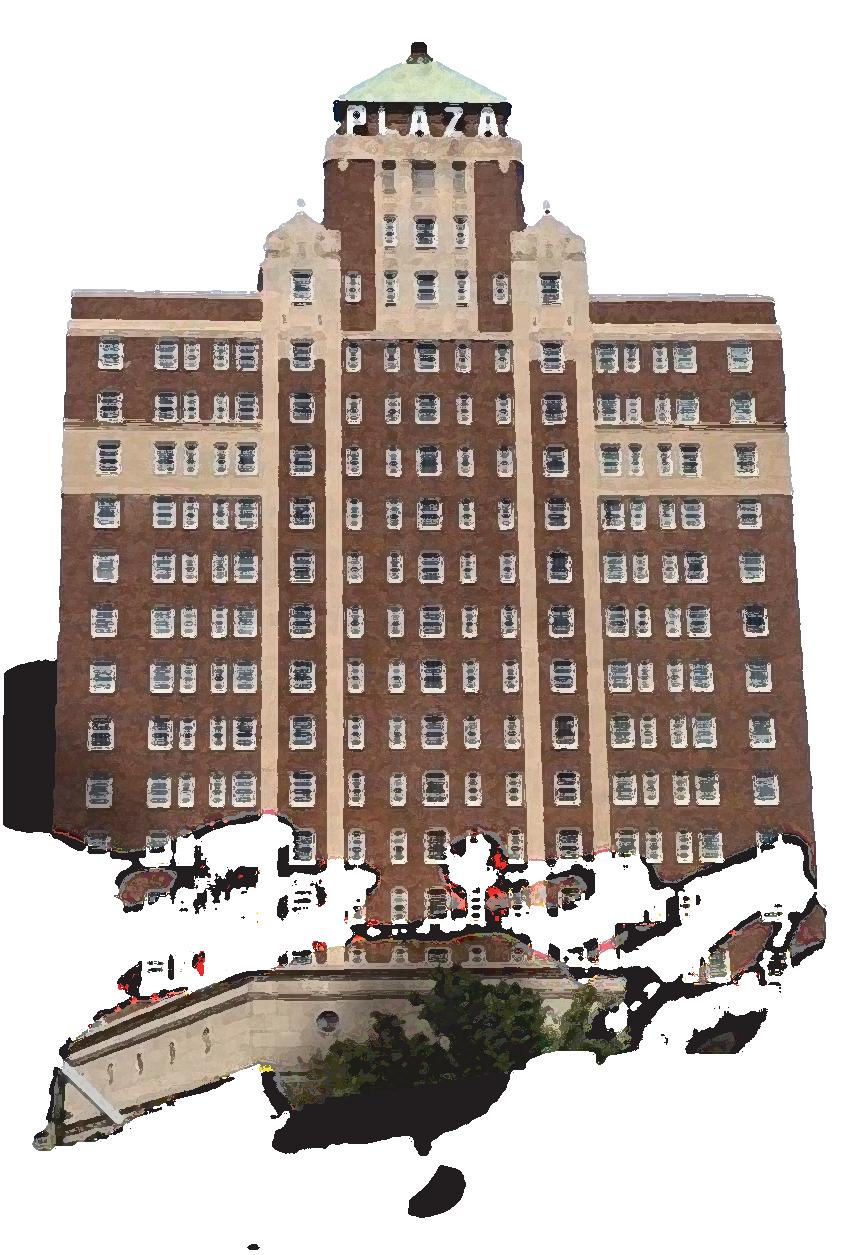WELCOME TO THE TROST TRAIL!

Embark on a journey through Far West Texas to explore the remarkable works of the renowned architectural firm Trost & Trost.
The Trost Trail features 10 magnificent buildings in the Texas Mountain Trail Region designed by Trost & Trost Architects & Engineers, led by Henry C. Trost, and based in El Paso, Texas.
The Trost Trail offers an exciting journey through these architectural gems of the region. Each of these buildings tells a story of innovation, history, and craftsmanship, and the heritage of the Texas Mountain Trail Region. The tour promises an enriching experience of historical, cultural, and architectural significance.
The Trost Trail is a heritage tourism project created by the Texas Mountain Trail, one of ten of the Texas Heritage Trail Regions - the award winning Heritage Tourism Program of the Texas Historical Commission.
We want to not only highlight the iconic architect’s contributions to the area, but to provide travelers with a suggested itinerary to explore these significant sites and immerse themselves in history.
Through our efforts to attract more heritage tourism to our region, we offer this tour because we believe that preserving and maintaining such architectural gems is crucial for understanding and appreciating our cultural heritage. These buildings not only tell the story of the past but also serve as vibrant spaces for communities to gather, ensuring that their historical significance continues to be cherished by generations to come.
Although we have provided this itinerary to explore some of Trost’s most notable creations, there are many more to discover. We highly recommend the interactive map at TrostSociety.org to plan your own adventure.
TexasMountainTrail.com
Henry C. Trost, born in Toledo, Ohio in 1860, lived in various cities throughout his life until settling in El Paso in 1903. In 1905, he co-founded the architectural firm Trost & Trost with his brother Gustavus A. Trost, with Henry assuming the role of Chief Designer.
Gustavus’s twin, Adolphus G. Trost, joined the firm in 1908, bringing his expertise as a structural engineer to complement Henry’s designs.
Henry lived in Chicago from 1888 to 1896 and this likely played a significant role in shaping his architectural style, as the influence of the Chicago School of Architecture can be seen in many of his designs.
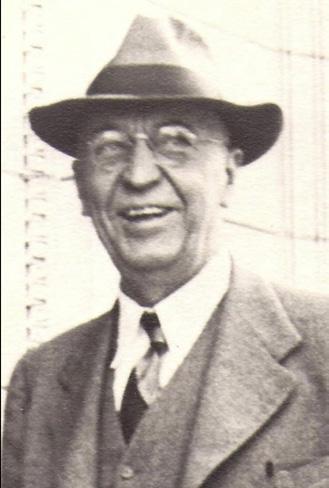
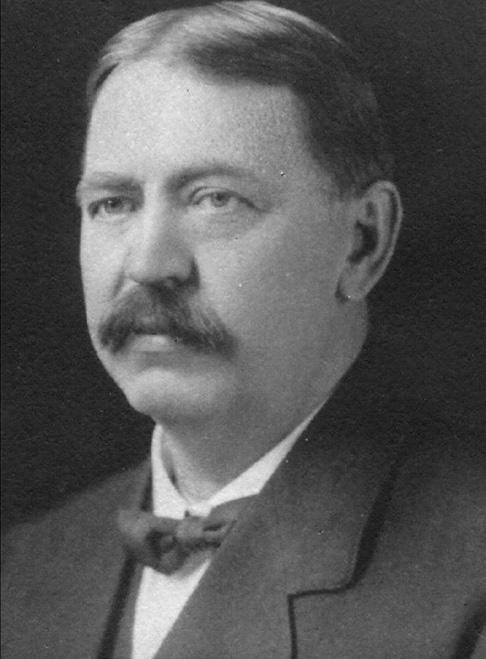
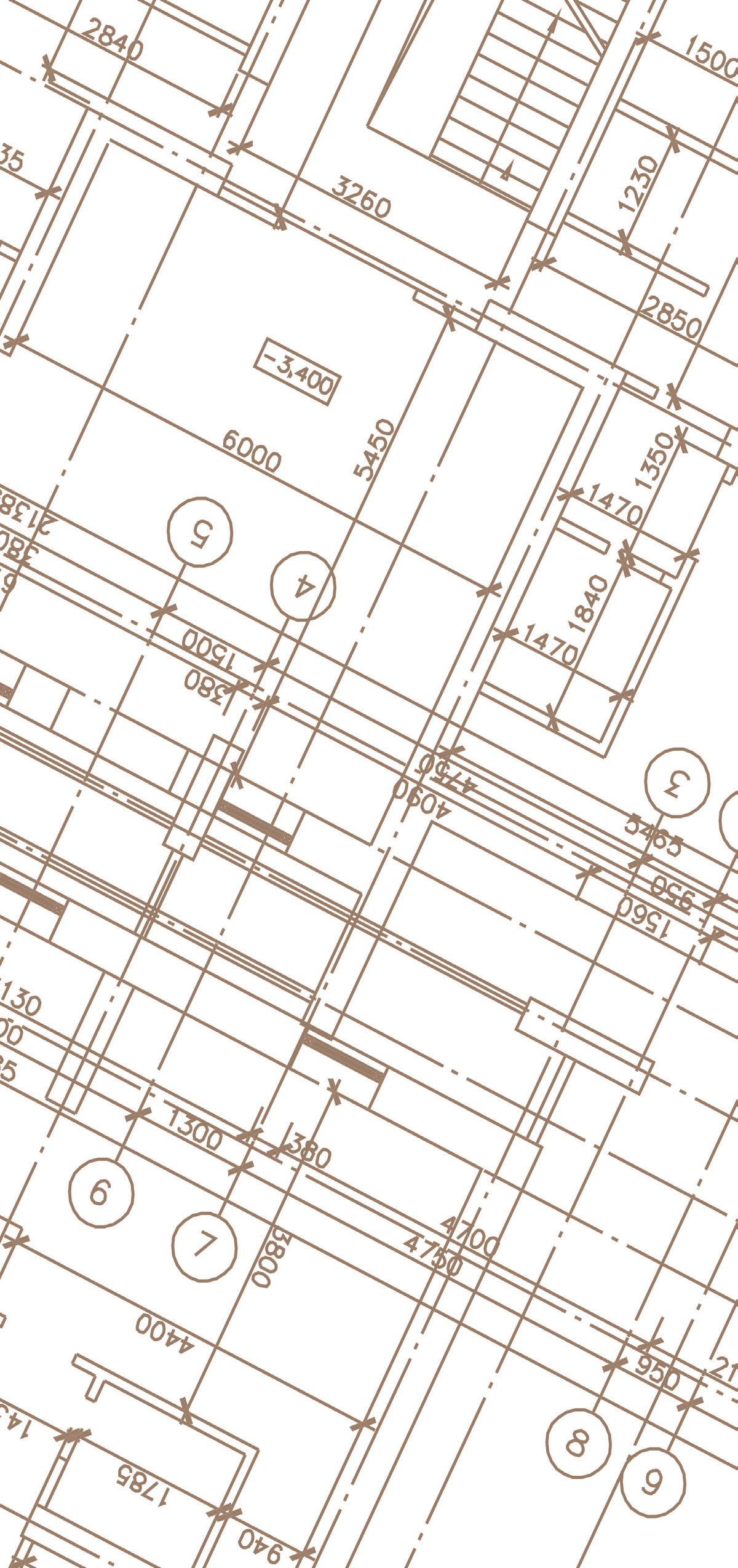
The firm quickly gained recognition for its innovative designs and contributions to the architectural landscape of El Paso and beyond. Throughout his carrer, Henry demonstrated the ability to work in a variety of styles including Mission, Spanish and Pueblo Revival, Art Deco, and even Bhutanese Dzong which can be seen at the University of Texas at El Paso. He was designing large and small buildings, homes, churches, commercial and public buildings, and pioneering the use of steel-reinforced concrete. Trost designed El Paso’s first skyscrapers and large downtown buildings.
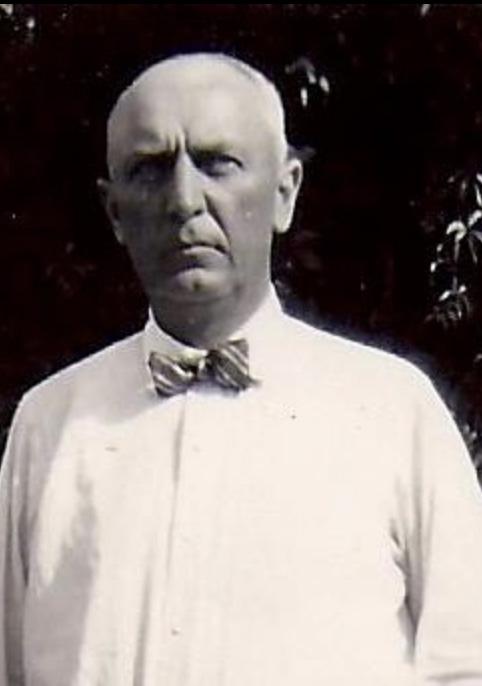
By the end of Henry’s life in 1933, the firm had designed over 650 buildings throughout the southwest. The firm’s work continued until the early 1950s.
ABOUT TROST & TROST TexasMountainTrail.com
Henry C. Trost
Gustavus A. Trost
Adolphus G. Trost
GAGE HOTEL
Marathon
Referred to as “The Star of the Texas Mountain Trail” by the Trost Society, The Gage Hotel is a beautiful two-story yellow brick structure. It’s an example of Mission and Spanish-style design, although it doesn’t have many of the Spanish and Mission features we have come to expect, such as stucco, a rounded decorative parapet, red tile roof etc.

Alfred Gage, a local rancher who had emigrated from Vermont in the late 1870s and saw Marathon as a prospering cattle rancher community, decided to build a hotel to use as a base to oversee his own ranching operation. The hotel officially opened for business in April of 1927.
In 1978, a new chapter in the history of the Gage began with the acquisition by Houston businessman J.P. Bryan, a direct descendant of Stephen F. Austin, the revered “Father of Texas.” Recognizing the hotel’s potential as a cultural treasure deserving of preservation, the Gage underwent a massive restoration under Bryan, and every detail was carefully curated. West Texas, Southwestern and Mexican-inspired décor and furnishings add to the authenticity of its interiors.
The Gage offers a mix of accommodations. From the historic hotel to the pueblo-style adobe rooms at Los Portales, to the classic colonial-style Captain Shepard House - built in 1890, the Gage offers unique accommodations with laid-back luxury, gracious hospitality, superior dining, and one of the most iconic bars in Texas.
GageHotel.com


1
HORACE W. MORELOCK
ACADEMIC BUILDING
at Sul Ross State University Alpine
Sul Ross State University, named for Texas Governor Lawrence Sullivan Ross, was established as a State University in Alpine, Texas in 1917. The institution was created as a successor to the Alpine Summer Normal School specifically to train and certify teachers.

When University President Horace W. Morelock began his tenure in 1923, an expansion began which included the construction of new buildings and dormitories. Trost & Trost was commissioned to build an addition to the gymnasium, the college heating plant, and the building featured here - the University Library.
The University Library, a gorgeous Neoclassical Revival building with a touch of Art Deco, was started late 1929 and opened on the 22nd of July, 1930. The contractor for this 3-story T-shaped building was El Paso’s Robert E. McKee. The building is a domineering red-brick on a concrete foundation. A grand entry with Ionic pillars and pediment is flanked and balanced by Ionic pilasters at each end of the structure. Interesting is the stepped Art Deco feature above the pediment which was not present in the architectural drawing.
Neoclassical architecture, with its emphasis on classical elements from ancient Greek and Roman designs, often conveys a sense of dignity and scholarly importance. In the context of a university, such a building would have symbolized the institution’s dedication to knowledge, education, and intellectual pursuits.

2
HOLLAND HOTEL
Alpine
The Holland Hotel was originally opened in 1912 by prominent cattleman John Holland primarily for travelers associated with the booming mercury mining trade.
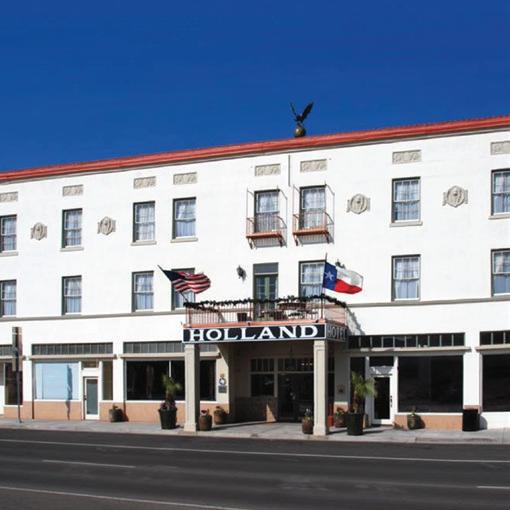
Following John Holland’s death in 1928, his son Clay assumed the reins of the family business with a vision to expand and enhance the hotel.
The result was a three-story, flat front building in the Spanish Colonial Revival style. The expanded hotel, that was just doors down from its original location quickly became an icon of hospitality in Alpine, drawing visitors from far and wide.
The new $250,000 Holland Hotel included a dining room, ballroom and an expansive lobby. It was the epitome of convenience, comfort, and beauty. Because the expansion also provided additional ground floor space for new offices and businesses, the hotel became the center of civic, social, and business life in Alpine.
Its role as a central meeting place in the city, both historically and in the present, speaks to its enduring importance within the community.
TheHollandHotelTexas.com

3
HOTEL PAISANO
Marfa
Hotel Paisano in Marfa was completed in 1930 and was one of Henry’s final designs of his incredible career.
Designed in Spanish Revival style, the building features a charming stucco facade accentuated by intricate decorative arches and topped with a red tile roof. The guestroom balconies with wrought iron railings overlook a picturesque courtyard with a grand fountain. The interior has colorful tiles throughout, fireplaces and wooden beams on the high ceilings.

The story of the Hotel Paisano intertwines with both local history and Hollywood glamour. Its construction amid the economic turmoil of the Great Depression showcases resilience and determination. Despite the challenging times, the hotel managed to attract a diverse clientele, from cattle ranchers to tourists, becoming a hub of activity in the region.
In 1955 with the arrival of Warner Brothers and the filming of the iconic movie Giant with Elizabeth Taylor, Rock Hudson, and James Dean, The Paisano served as a bustling hub for the cast and crew.
Following its moment in the Hollywood spotlight, the hotel experienced ups and downs, eventually succumbing to foreclosure. However, its story didn’t end there. The purchase of the hotel at a tax auction in 2001 not only saved a piece of local history but also marked a significant event in Presidio County.
HotelPaisano.com


4



TRAIL
tour features Trost buildings within 54 5 7 RIOGRANDE RIOGRANDE RIO GRANDE 6-10 6 Van Horn El Paso 5 3 4 EL PASO MIDLAND SAN ANTONIO AUSTIN DFW HOUSTON TEXAS MOUNTAIN TRAIL TEXAS HERITAGE TRAIL REGIONS OTHER POINTS OF INTEREST IN THE TEXAS MOUNTAIN TRAIL PARKS 1. Big Bend National Park 2. Big Bend Ranch State Park 3. Davis Mountains State Park 4. Indian Lodge 5. Guadalupe Mountains National Park 6. Hueco Tanks State Park & Historic Site 7. Franklin Mountains State Park HISTORIC SITES 1. Fort Leaton State Historic Site 2. Fort Davis National Historic Site 3. Mission Trail 4. Magoffin Home State Historic Site TexasMountainTrail.com
TROST
This
TROST BUILDINGS



the Texas Mountain Trail Region 118 118 17 1 4 3&4 2 1 170 RIOGRANDE 1 2 3 Marathon Alpine Marfa Fort Davis 2 Terlingua Study Butte Lajitas Presidio
TRAIL MAP within
1. Gage Hotel 2. Horace Morelock Building 3. Holland Hotel 4. Hotel Paisano 5. Hotel El Capitan 6. Plaza Hotel Pioneer Park 7. Hotel Paso del Norte 8. Anson Mills Building 9. International Museum of Art 10. O.T. Bassett Building *El Paso locations are all downtown within walking distance of each other with the exception of the International Museum of Art, just northeast of downtown. TexasMountainTrail.com Brochure Download
HOTEL
EL CAPITAN Van Horn
Hotel El Capitan was built in 1930, at the crossroads of the forthcoming Carlsbad Caverns, Guadalupe and Big Bend National Parks.






The building is designed in a very beautiful Pueblo style. The lobby is adorned with colorful floor tiles from Wheatley Tile and Pottery Company of Cincinnati, Ohio. The stairwells are finely crafted with wrought iron banisters and exposed Spanish vigas line the fourteenfoot ceilings.
The building is often considered one of Henry’s best, and in fact, the people of Van Horn loved the building so much, there was fanfare and celebration. The city even changed the street structure, so El Capitan was facing the main thoroughfare.
The building was converted into the Van Horn State Bank in the 1970s and served as a bank for over 30 years. In 2007, Lanna and Joe Duncan of Fort Davis purchased the building from the bank and converted the El Capitan back into the beloved hotel it was destined to be.
The lush courtyard with a tall water fountain was installed by the bank to beautify the building for the arrival of the First Lady of Texas, who was visiting for the inauguration of the community’s Main Street program. Today, the fountain and lush courtyard is beloved by locals and weary travelers as an oasis in the desert.
TheHotelElCapitan.com
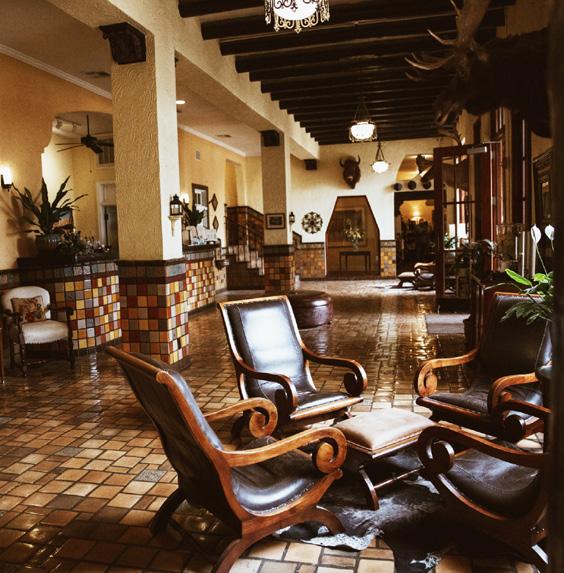

5
PLAZA HOTEL
PIONEER PARK El Paso
The Hilton Hotel, later renamed The Plaza Hotel at Pioneer Park, is one of Trost’s most iconic creations. Commissioned by Conrad Hilton in 1929, the building was designed in the elegant Art Deco style combined with Pueblo Revival.

Days after construction started, the stock market crashed and yet another Trost project was affected by the depression. Construction continued though, and the Hilton, at 236 feet, became the tallest building in El Paso at the time. The brown brick and concrete building with setbacks on the 16th and 17th floors and clay tiled pyramidal roof was considered sophisticated and modern and became a landmark in the city’s skyline.
The brief residency of actress Elizabeth Taylor in 1950, where she planned her wedding with her mother and the groom’s (Conrad “Nicky” Hilton Jr.) mother, adds a touch of glamour to the story. Today, the rooftop bar, La Perla, occupies what was Ms. Taylor’s penthouse suite.
The interior takes cues from the Pueblo Revival Art Deco architectural style and the dramatic scenery of surrounding West Texas, including its limitless skies and the rugged peaks of the Franklin Mountains.
PlazaHotelElPaso.com
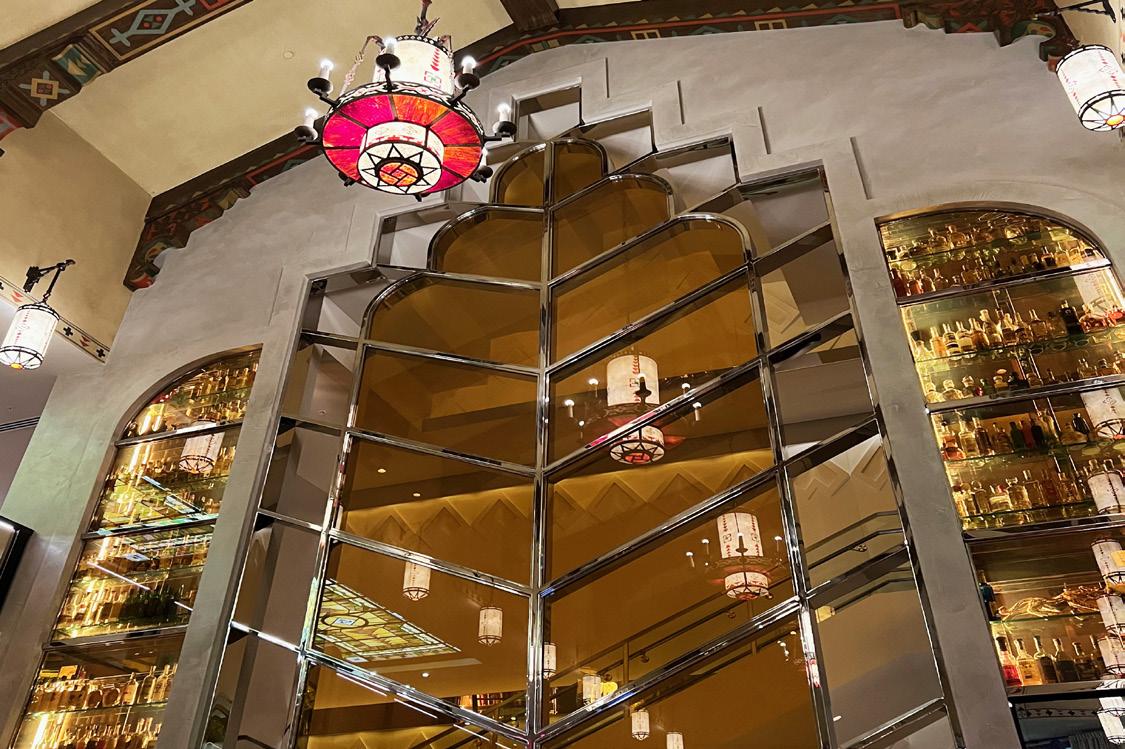
6
HOTEL PASO DEL NORTE
El Paso
The Hotel Paso del Norte, designed by Trost & Trost, is the architectural innovation and vision of El Paso pioneer Zach White and a group of investors.

Completed in November of 1912, this magnificent building showcases a blend of architectural styles, combining the elegance of Beau Arts with the practicality of the Chicago School, resulting in an eclectic and visually stunning design.
The hotel’s origins trace back to the determination of White, who, after witnessing the destruction of the Grand Central Hotel by fire in 1892, was inspired to create a replacement that was not only grand and elegant but also fire-proof. To achieve this, White, along with architect Henry C. Trost, embarked on a journey to San Francisco to study buildings that had withstood the 1906 earthquake and subsequent fires. Drawing upon this knowledge and inspiration, Trost meticulously designed the fireproof and earthquake-proof structure that still stands proudly today.
The highlight of the hotel is the century old 25-foot Tiffany style-stained glass dome in the lobby. Dubbed the “million-dollar hotel”, this building is floor to ceiling glamour.
HotelPDN.com


7
ANSON MILLS BUILDING
El Paso



The Anson Mills Building is a landmark in El Paso, with a rich history and architectural significance. Built in 1910-1911, the building was a pioneering example of the use of reinforced concrete, a technique that was becoming increasingly popular in early 20th-century architecture.
Upon its completion, the Mills Building was the second concrete-frame skyscraper in the United States and one of the largest all-concrete buildings of its time. Rising to a height of 145 feet and encompassing 12 stories, it held the title of the tallest building in El Paso at the time, solidifying its significance in the city’s skyline.
The building’s location on the original site of the 1832 Ponce de León ranch and its proximity to San Jacinto Plaza adds historical depth to its story. The curved facade, characteristic of many Trost designs, contribute to its architectural elegance. Trost’s influence from the Chicago School, especially the work of Louis Sullivan, is apparent in the building’s strong verticality, ornamentation, and cornice details.
Additionally, the Trost & Trost architectural firm occupied the building until 1920.

8
INTERNATIONAL MUSEUM OF ART /TURNEY HOME
El Paso
The International Museum of Art is housed in the historic Turney Home designed by Trost & Trost.

The mansion was owned by State Senator William Turney and his wife Iva. The Turneys were a prominent El Paso family who resided in the home from 1909 to 1939. Following Senator Turney’s death, Mrs. Turney donated the property to the City of El Paso. Honoring the wishes of the Senator and Mrs. Turney - that their former home always be used for the arts - the Turney mansion became the home of the International Museum of Art.
This is the largest residence designed by Trost & Trost. Plans for the home were drawn in 1906 and executed circa 1909.
With its elegant six Corinthian columns fronting the house’s portico, the home is a quintessential example of the neoclassical style, which was a popular architectural style in early 20th century El Paso.
The Turney’s home was used for civic functions and visiting dignitaries. It was the center of civic, cultural and social activities in El Paso. At the time of revolutionary Pancho Villa, friends of the Turneys’ would stay at the house. The basement was well stocked with ammunition and food.
InternationalMuseumofArt.org


9
El Paso
The O.T. Bassett Tower was completed in September, 1930 and was briefly the tallest building in El Paso, until the completion of the Hilton Hotel later the same year.

This Art Deco masterpiece was patterned after the drawings of Finnish-American architect Eliel Saarinen, whose design Louis Sullivan referred to as “the New Direction of the Chicago School”.
The building was commissioned by El Paso entrepeneur Charles Bassett, and named for his father Oliver T. Bassett. Bassett had owned this city block for decades, starting with a lumberyard, and built (or was associated with building) three buildings on the block, including two skyscrapers that stand today. The Bassett Tower was constructed as an income property for Bassett, who built it, and had it designed especially for Physicians and medical practices.
Today, a portion of the O.T. Bassett Tower houses Aloft, a trendy, upmarket hotel for travelers.
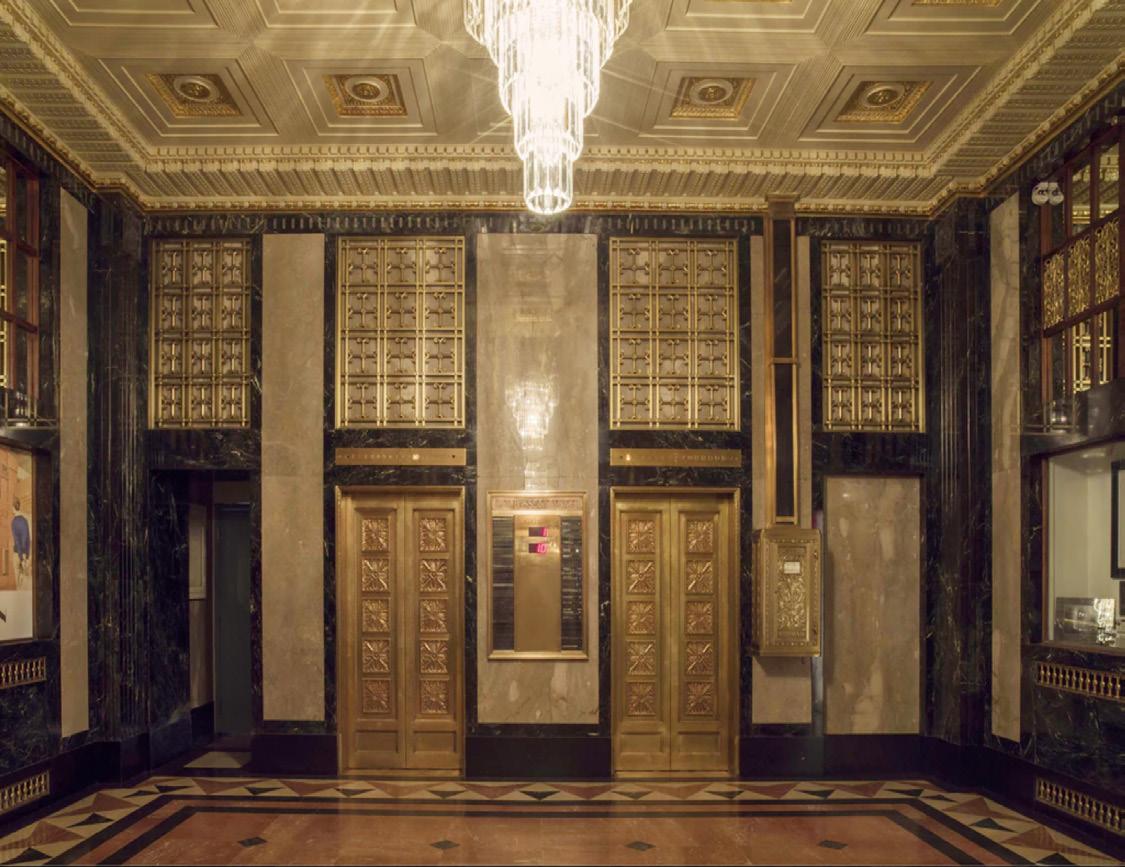
O.T. BASSETT TOWER
10
Many thanks to everyone on the Texas Mountain Trail team who helped with this publication.
Special thanks to Bernie Sargent, whose invaluable knowledge and expertise were instrumental in bringing this project to life. TexasMountainTrail.com


